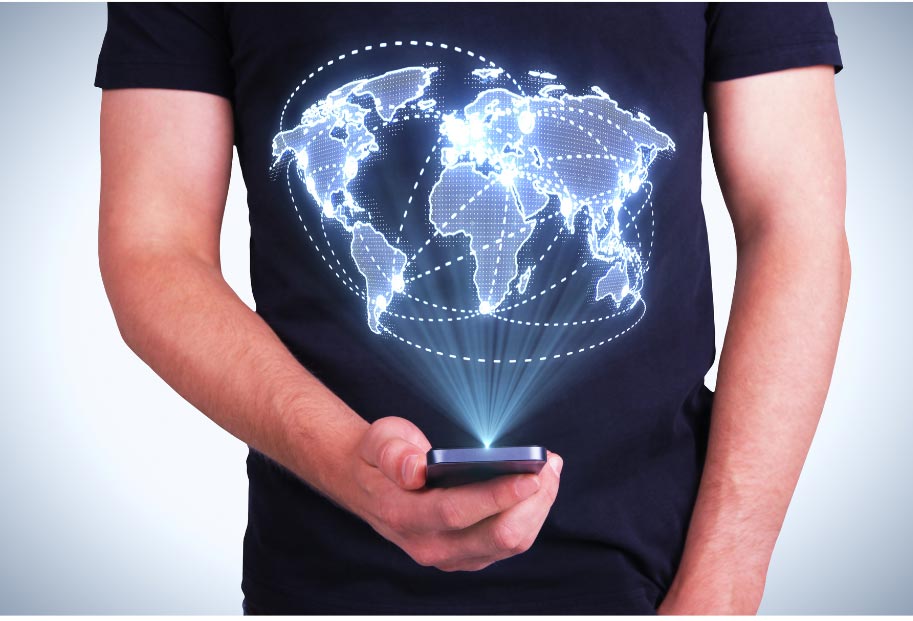In today’s interconnected world, where information flows at the speed of light and communication transcends borders, the term “digital divide” has gained prominence.
This divide refers to the gap between those who have access to modern technology and its benefits and those who do not, often stemming from economic disparities, geographical challenges, and other barriers. Developing countries are particularly affected by this issue, where access to essential digital resources is far from equitable. In this article, we delve into the pressing matter of the digital divide in developing countries and explore how Telirco’s initiatives are making strides in bridging this gap.
What is the Digital Divide?
The digital divide encompasses a range of inequalities, from basic internet access to more complex disparities in digital literacy, technological infrastructure, and the ability to harness technology for personal and societal advancement. This divide is particularly stark in developing countries, where limited resources and infrastructure hinder the widespread adoption of modern technologies.
Statistics and Realities Worldwide

Digital divide statistics paint a concerning picture. According to a recent report by the International Telecommunication Union (ITU), around half of the world’s population remains unconnected to the internet. This glaring gap highlights the urgent need for comprehensive strategies to ensure that the benefits of the digital age are accessible to all, regardless of their geographical location or economic status.
The Four Key Factors Contributing to the Digital Divide
While the digital divide is a complex issue, several factors play a pivotal role in perpetuating this disparity:
-
Infrastructure and Connectivity
In many developing countries, the lack of reliable and affordable internet infrastructure is a major obstacle. Remote regions often suffer from inadequate network coverage and limited access points, leaving large segments of the population disconnected.
-
Economic Disparities

Economic inequality is a significant driver of the digital divide. The cost of devices like smartphones and computers, as well as the expenses associated with internet subscriptions, can be prohibitive for individuals and families in low-income communities.
-
Digital Literacy and Skills
Having access to technology is not enough; individuals must also possess the skills to use it effectively. Digital literacy gaps prevent many people from fully benefiting from online resources and services.
-
Content and Relevance
Digital content that is linguistically, culturally, and contextually relevant is essential for engaging users. However, a lack of localized content can alienate communities and hinder their integration into the digital sphere.
Telirco’s Role in Bridging the Digital Divide

Commitment to Inclusivity
Telirco recognizes the significance of equitable access to technology and is committed to bridging the digital divide in developing countries. Our range of services, from USSD solutions to electronic business cards, is designed to enhance accessibility and connectivity for all.
Empowering Governments and Communities
Telirco’s solutions empower governments to provide essential services to underserved populations more efficiently. Through USSD technology, individuals can access crucial information, such as healthcare services, educational resources, and government announcements, even without internet connectivity.
Fostering Digital Literacy
Addressing the digital divide requires more than just technology; it demands a comprehensive approach. Telirco is actively involved in initiatives that promote digital literacy and skill development, enabling individuals in developing countries to navigate the digital landscape with confidence.
Government Policies and Private Sector Collaboration

Bridging the digital divide necessitates a collaborative effort between governments, the private sector, non-governmental organizations, and international bodies. Governments play a crucial role in creating policies that prioritize digital inclusion, while the private sector’s innovation and resources contribute to the expansion of technological infrastructure.
Conclusion: Navigating a More Inclusive Future
In a world where digital connectivity is no longer a luxury but a necessity, bridging the digital divide is an imperative. Telirco stands at the forefront of initiatives that strive to make technology accessible to all, regardless of their socio-economic background.
By providing innovative solutions and fostering partnerships, Telirco is making significant strides in ensuring that the benefits of the digital age reach every corner of the globe. As we continue on this journey, we invite governments, organizations, and individuals to join hands in creating a more inclusive and connected future.

